Environmental studies and permitting
The Environmental Implication Assessment procedure represents an initial evaluation required for any project likely to have a significant effect, individually or in combination with other projects, on a Natura 2000 Network site and takes into account the conservation requirements of the site.
Biodiversity safeguard is one of the main aspects of European environmental policy as displayed by various Directives that establish the core of biodiversity protection on the European soil. The most important are: Directive 79/409/EEC on the conservation of wild birds, integrated by Directive 2009/147/EEC, and “Habitats” Directive 92/43/EEC on the conservation of natural habitats and flora and fauna which, in article No.6, introduces the Implication Assessment Procedure.
At national level, Habitats Directive was transposed by DPR No. 357/1997 and amended in DPR No. 120/2003. In article 6 is possible to find a brief definition of a procedure defined implication assessment study, with guidelines to be found in annex G, and a description regarding the main effects the interventions might have on the related area subject to conservation measures (European Relevant Areas).
In this legal framework, implication assessment studies constitute a moment of great importance in the Environmental Implication Assessment procedure, during which the environmental sector experts show all the data, information and supporting proposals in order to enable the formulation of a reliable judgment by the evaluating organizations.
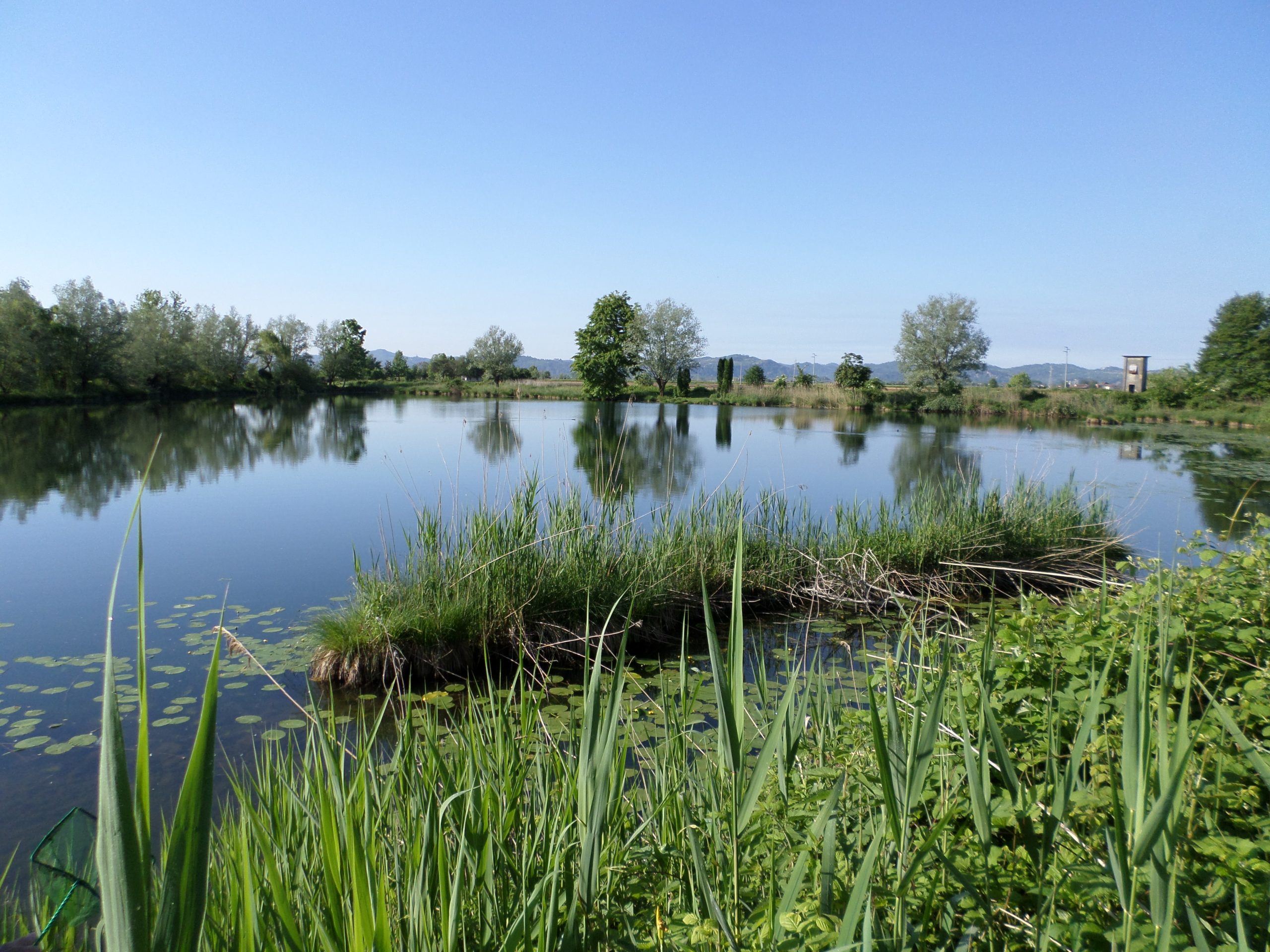
Thanks to the management of several studies, VDP has developed specific expertise in drafting Environmental Implication Assessments, acquiring the ability to work in synergy with work proponents and project designers in order to share choices and pursue common goals.
On the basis of the experience gained over the years in the fields of ecology, botany and zoology, VDP has adopted a methodological approach that allows the company to tailor offered services to the project specifications and territory peculiarities. This ensures the pursuit of site conservation for which Natura 2000 network has been created.
The services offered by VDP in the context of Environmental Implication Assessments are summarized below:
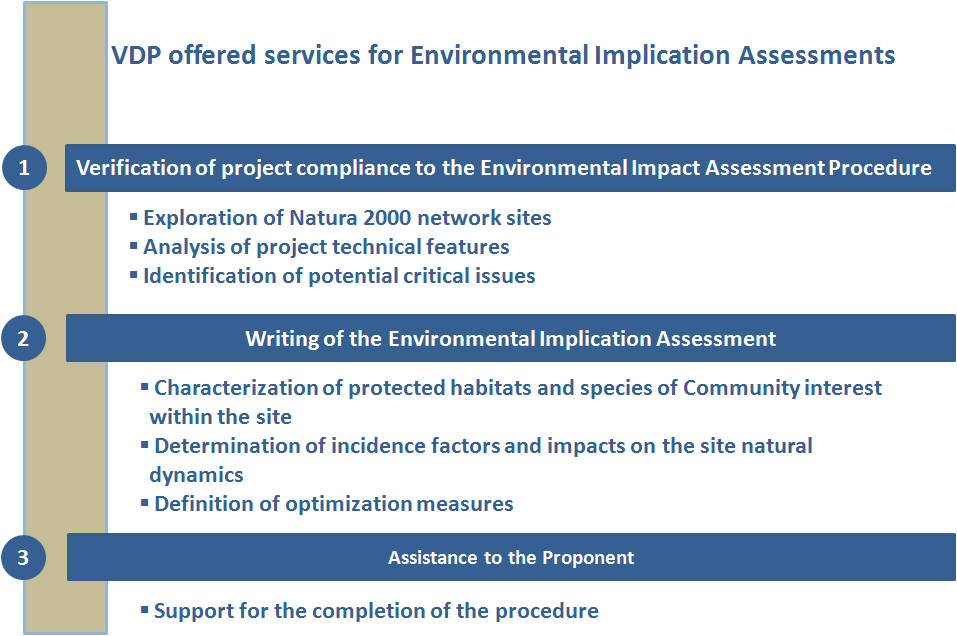
Environmental Implication Assessment preparation is based on an Analytical Stage and on an Assessment Stage. The first regards biotic aspects of the Natura 2000 site, through surveys of the area, consultation of previous studies and of territorial planning documents. In support of the study synthesis maps are drawn up in order to make the habitat and wildlife distribution comprehensible to average readers.
In the Assessment stage the effects induced by project are evaluated, through the use of indicators, in order to bring out potential problems and address plan choices towards preservation of the protected areas.
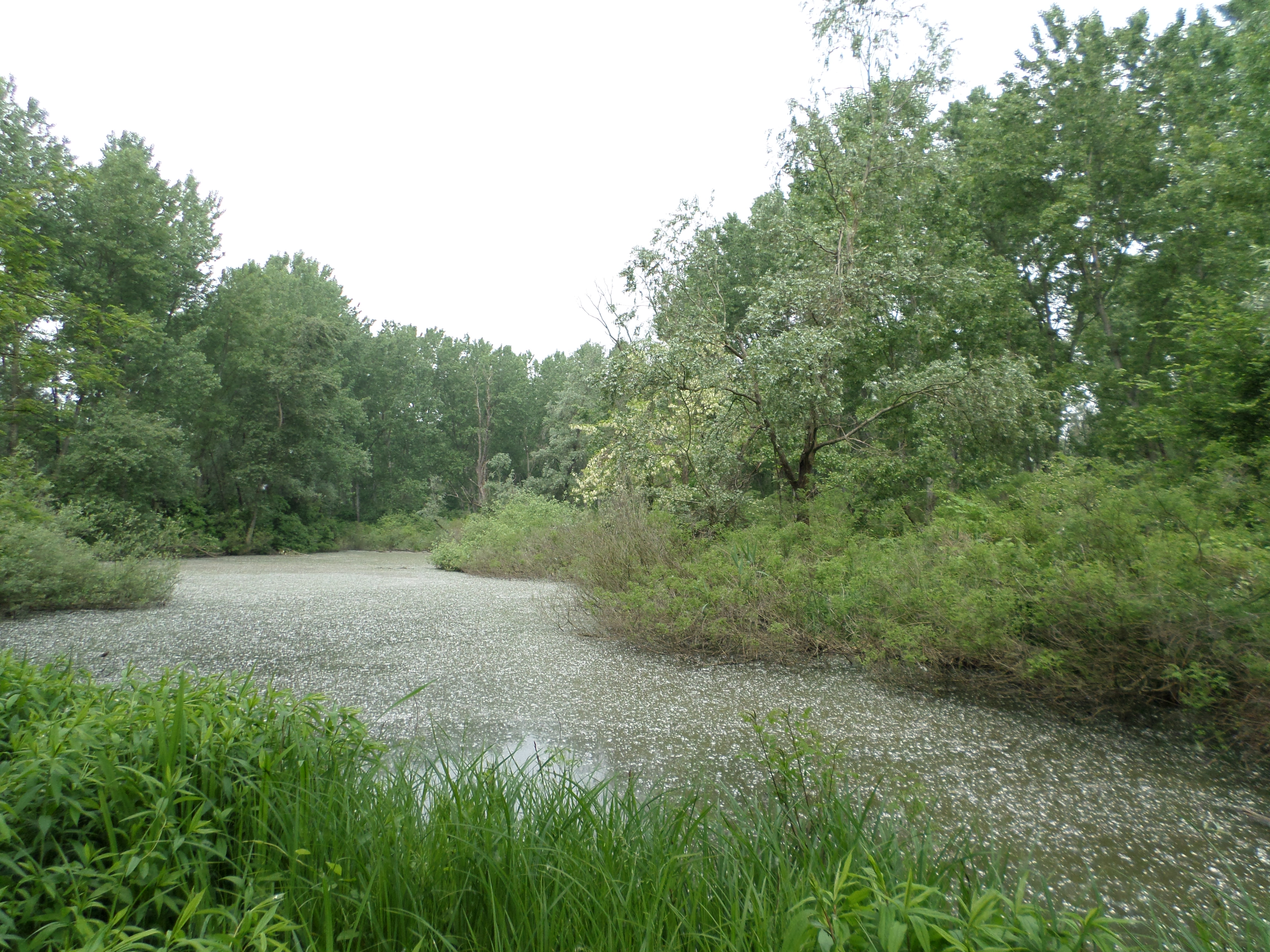
The purpose of Environmental Implication Assessments is to preserve the site natural resources which made it eligible for the Natura 2000 network. This is made possible thanks to the recognition of the potential consequences that may arise during work construction and operation or project implementation and to the adoption of compensatory measures and/or mitigation plans.
Depending on the type of project, the Implication Assessment can be part of EIA or SEA procedures or set up a procedure in its own right.
Implication Assessment procedures can be classified in the following stages, as article No.6 of “Habitats” Directive 92/43/EEC prescribes:
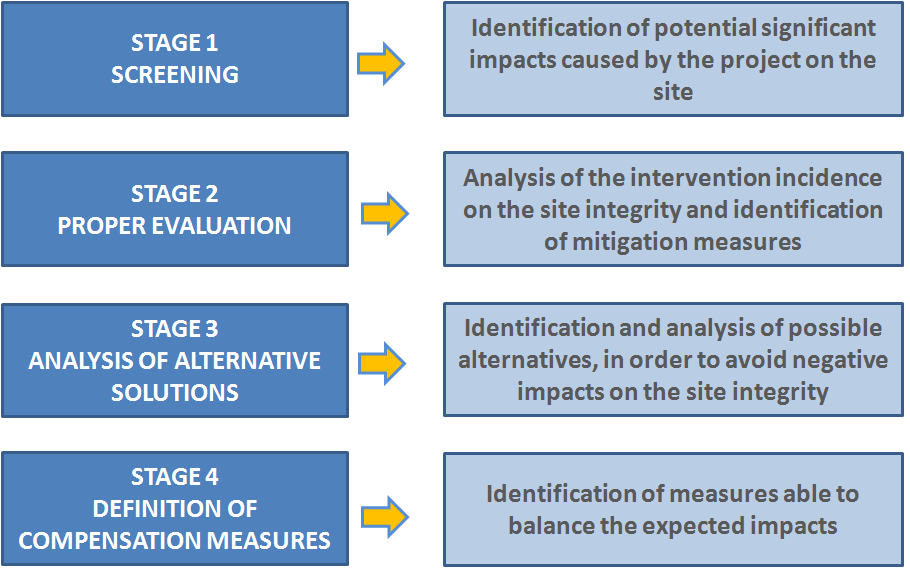
VDP objective regarding Environmental Implication Assessments is to support the Proponent during the later stages of the procedure which ensure the project is respectful of the Law. Thanks to the experience gained in numerous projects VDP is able to provide a complete and reliable assistance.

-
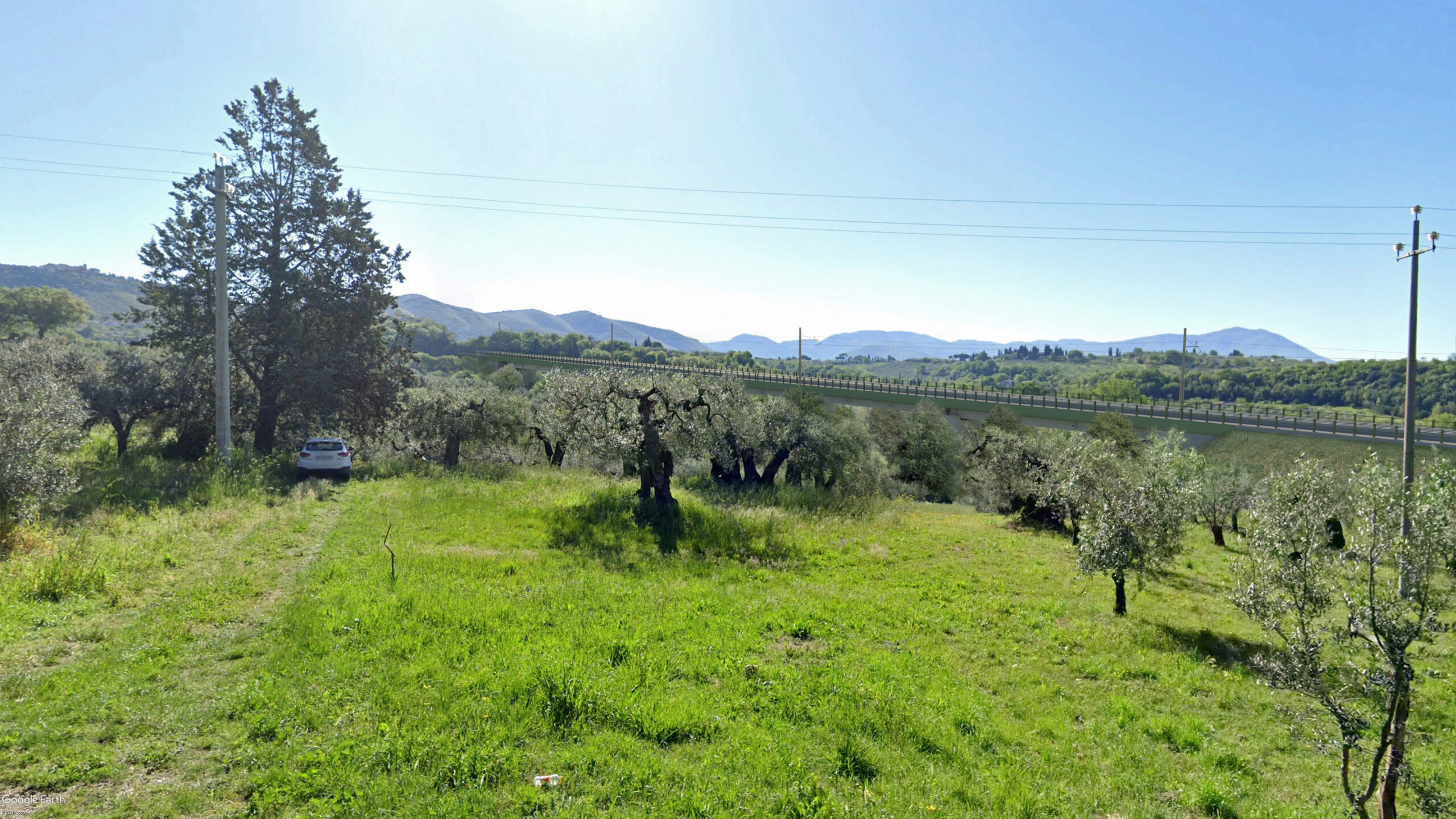 E.I.S (Environmental Impact Study) for the TEFP (Technical and Economic Feasibility Project) railway line Passo Corese – RietiSettore: Railways & Station
E.I.S (Environmental Impact Study) for the TEFP (Technical and Economic Feasibility Project) railway line Passo Corese – RietiSettore: Railways & Station -
 VAS del Piano di Utilizzo degli Arenili di Roma CapitaleSettore: Public Administrations
VAS del Piano di Utilizzo degli Arenili di Roma CapitaleSettore: Public Administrations -
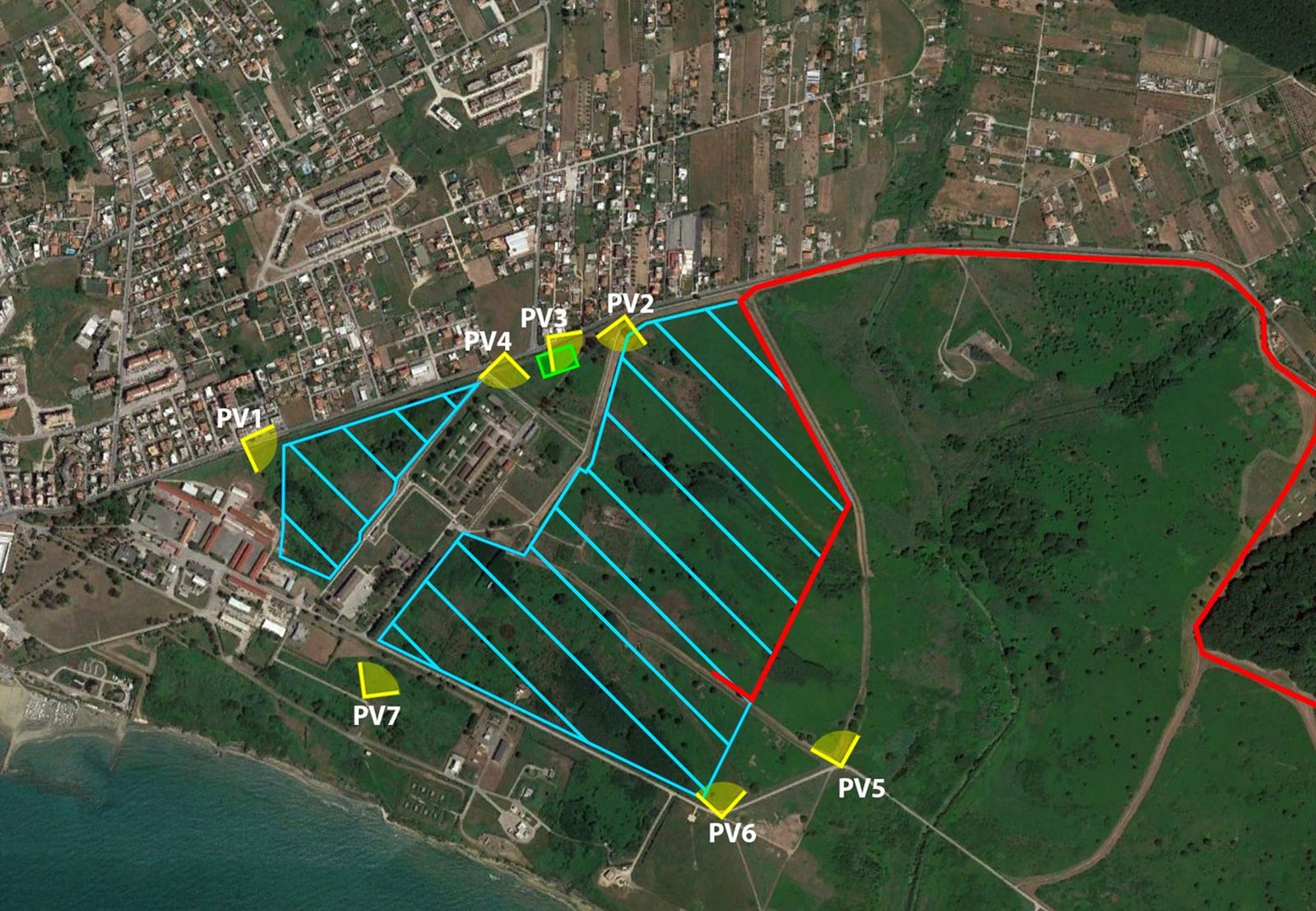 Progetto Definitivo Fotovoltaico a “Nettuno”, RomaSettore: Energy Infrastructures
Progetto Definitivo Fotovoltaico a “Nettuno”, RomaSettore: Energy Infrastructures -
 Progetto Definitivo Fotovoltaico a “Santa Severa”, RomaSettore: Energy Infrastructures
Progetto Definitivo Fotovoltaico a “Santa Severa”, RomaSettore: Energy Infrastructures -
 SEA of the Sustainable Urban Mobility Plan of Rome CapitalSettore: Public Administrations
SEA of the Sustainable Urban Mobility Plan of Rome CapitalSettore: Public Administrations -
 Framework Contract for the Brescia-Padua MotorwaySettore: Roads & Highways
Framework Contract for the Brescia-Padua MotorwaySettore: Roads & Highways -
 150 kV Powerline Calusia – CatanzaroSettore: Energy Infrastructures
150 kV Powerline Calusia – CatanzaroSettore: Energy Infrastructures -
 Gas Pipeline Italy-MaltaSettore: Energy Infrastructures
Gas Pipeline Italy-MaltaSettore: Energy Infrastructures -
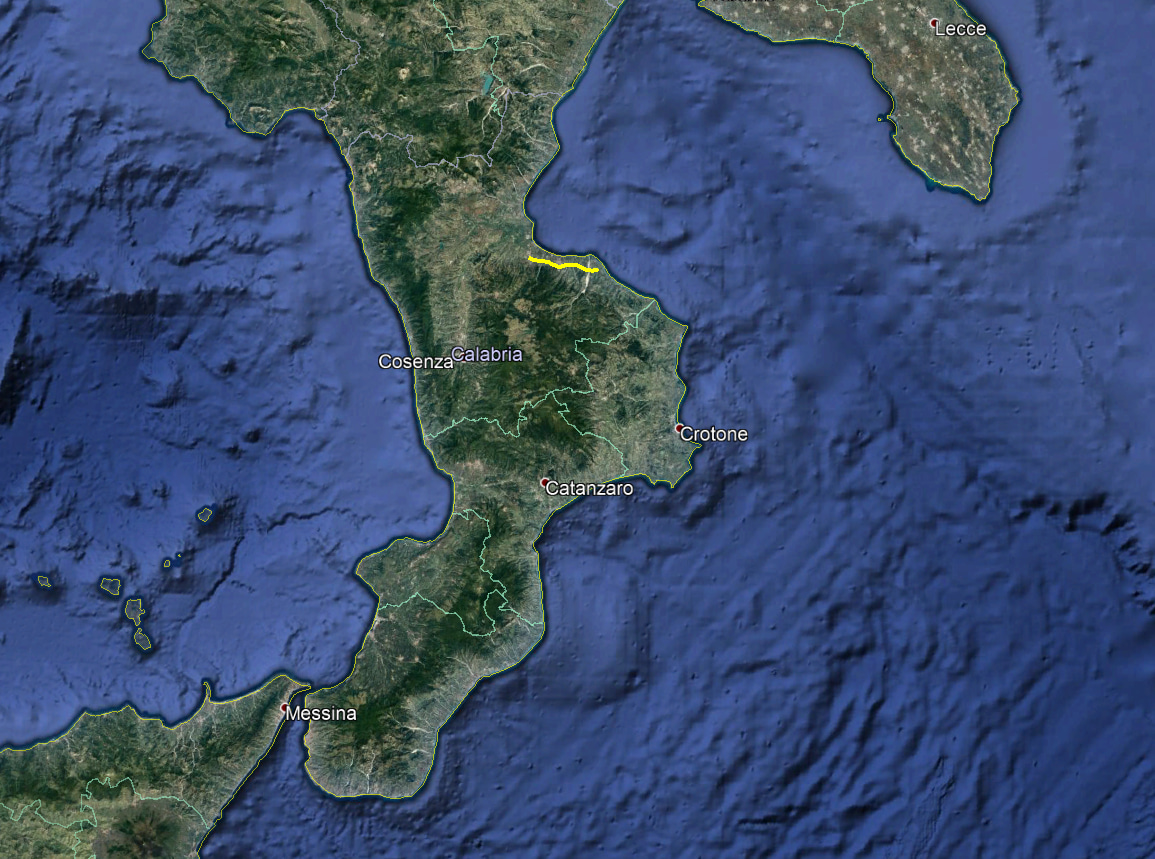 Framework Contract ANAS – State road n.106 “Ionica”Settore: Roads & Highways
Framework Contract ANAS – State road n.106 “Ionica”Settore: Roads & Highways -
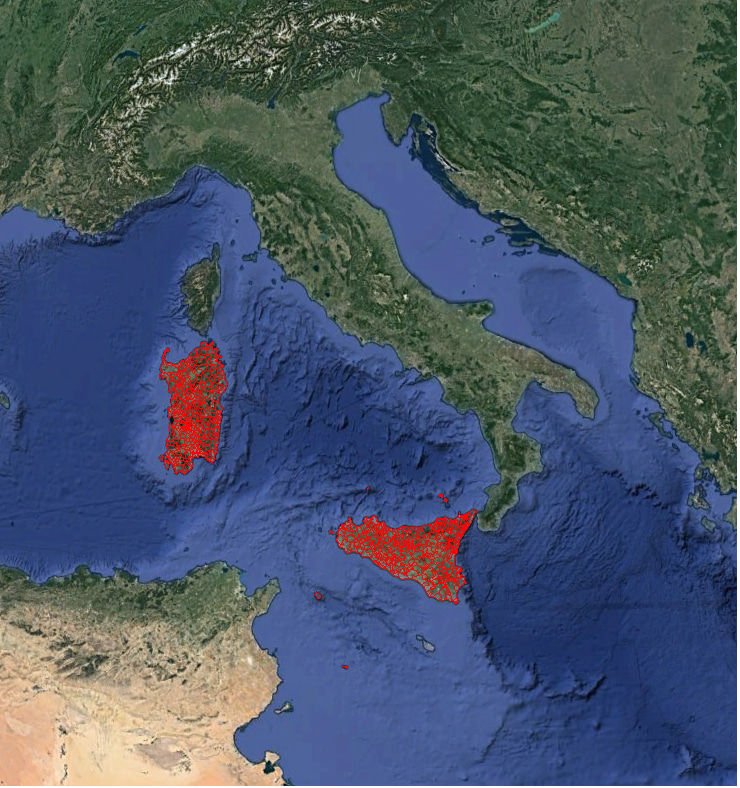 ANAS Framework Contracts – Project in Sicily and SardiniaSettore: Roads & Highways
ANAS Framework Contracts – Project in Sicily and SardiniaSettore: Roads & Highways -
 Potenza – Foggia Railway LineSettore: Railways & Station
Potenza – Foggia Railway LineSettore: Railways & Station -
 Rome Fiumicino Airport – Fiumicino South ProjectSettore: Airports
Rome Fiumicino Airport – Fiumicino South ProjectSettore: Airports -
 Venice Airport–Ronchi dei Legionari Railway LineSettore: Railways & Station
Venice Airport–Ronchi dei Legionari Railway LineSettore: Railways & Station -
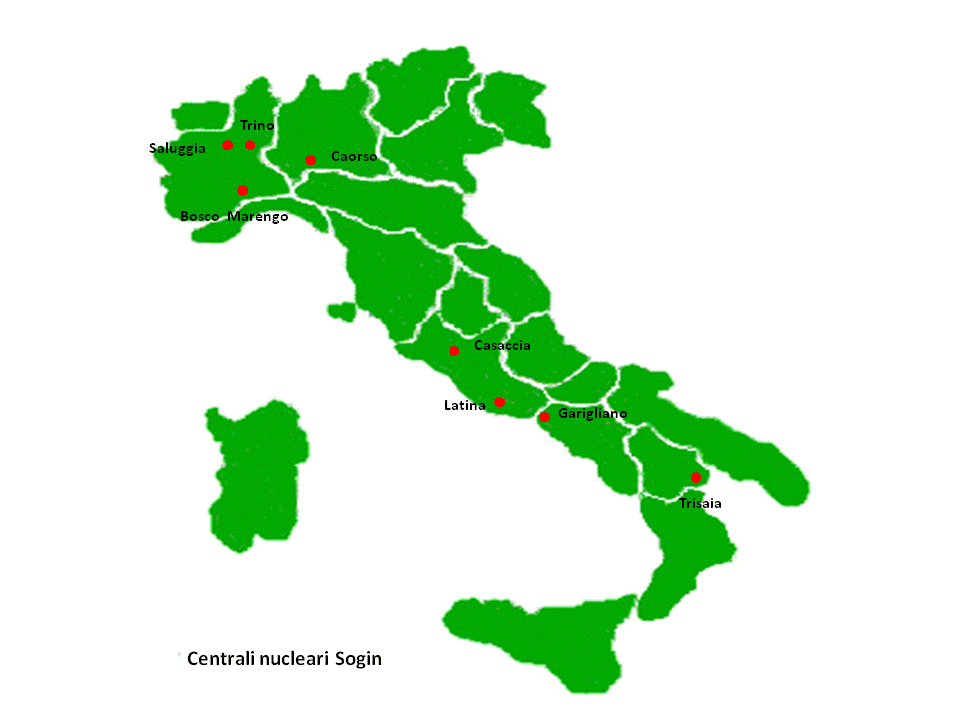 Environmental services contract – Sogin nuclear plantsSettore: Decommissioning
Environmental services contract – Sogin nuclear plantsSettore: Decommissioning -
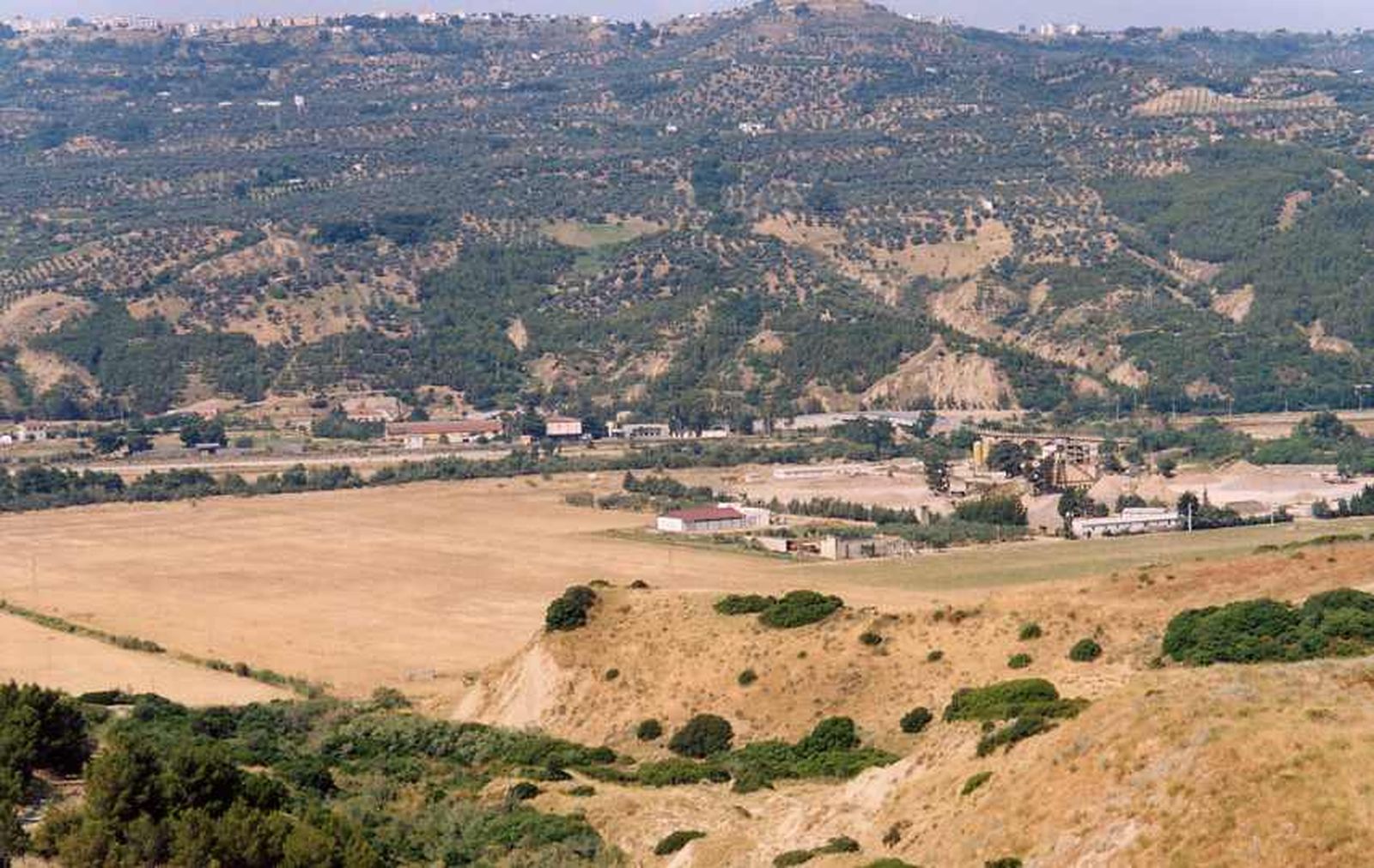 Ferrandina – Matera Railway line – Ferrandina StationSettore: Railways & Station
Ferrandina – Matera Railway line – Ferrandina StationSettore: Railways & Station -
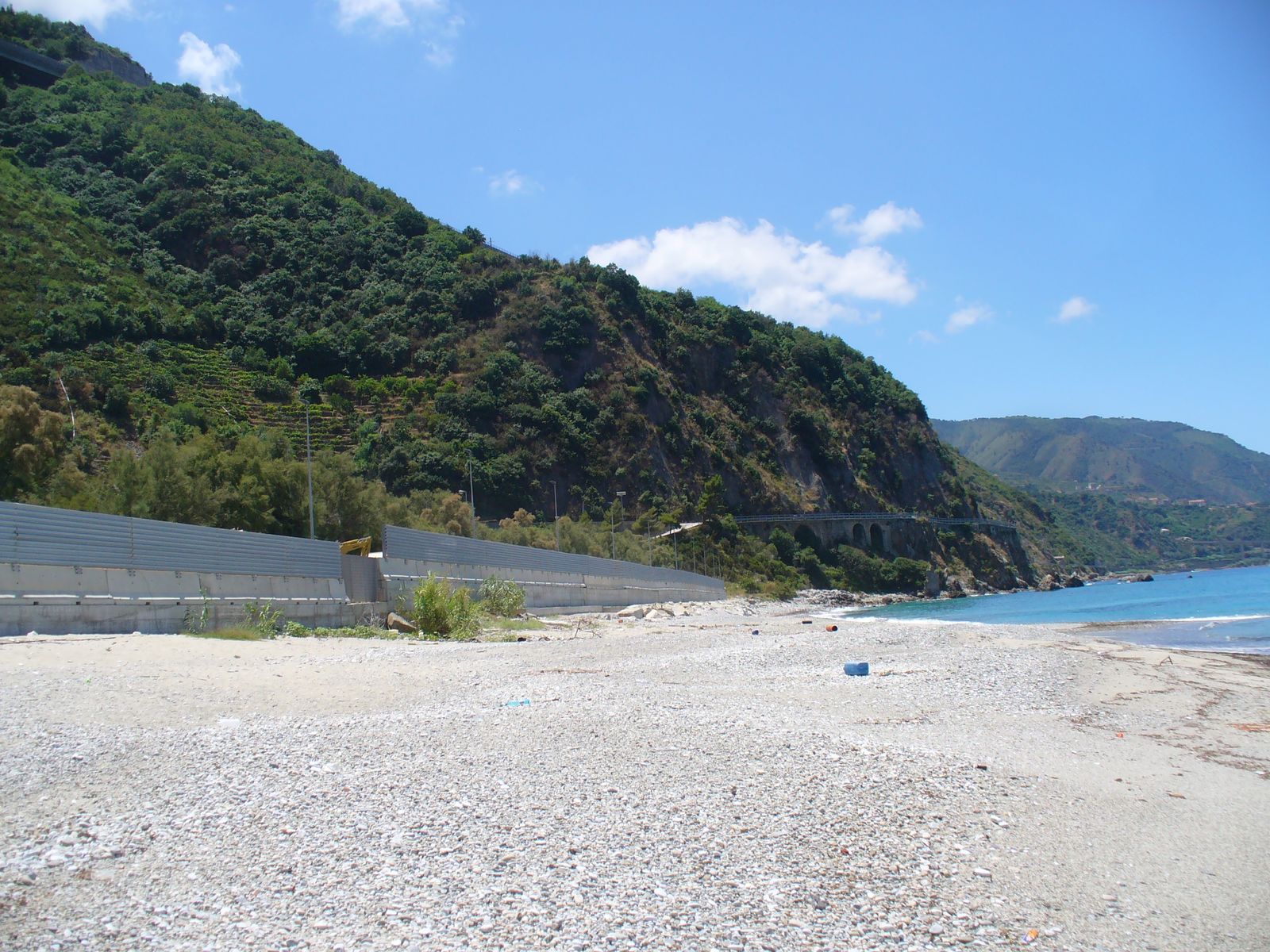 “Sorgente – Rizziconi” 380 kV Power LineSettore: Energy Infrastructures
“Sorgente – Rizziconi” 380 kV Power LineSettore: Energy Infrastructures -
 Campania Islands Interconnection with the NTGSettore: Energy Infrastructures
Campania Islands Interconnection with the NTGSettore: Energy Infrastructures -
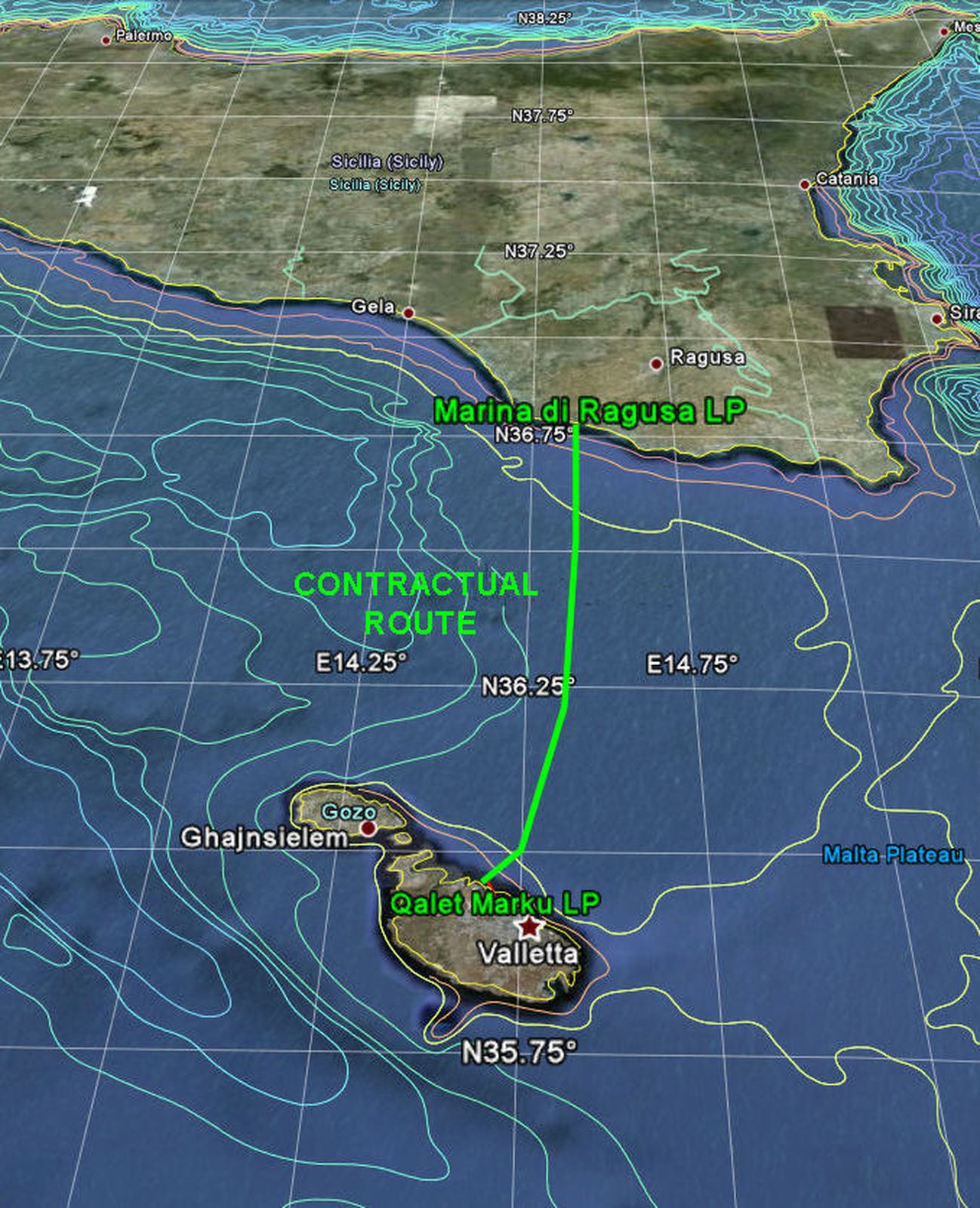 220 kV Italy – Malta submarine interconnector – EISSettore: Energy Infrastructures
220 kV Italy – Malta submarine interconnector – EISSettore: Energy Infrastructures -
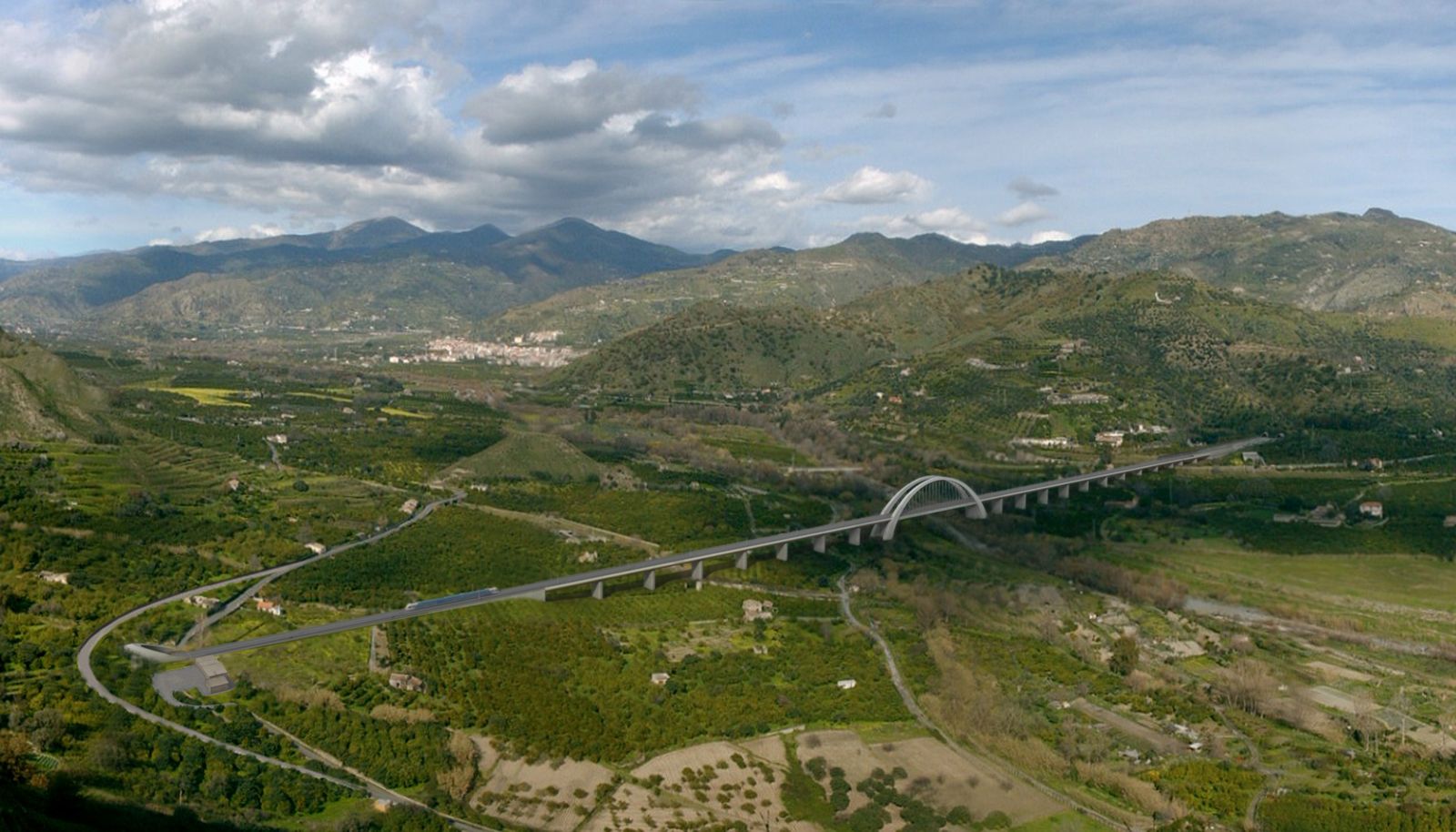 Giampilieri – Fiumefreddo RailwaySettore: Railways & Station
Giampilieri – Fiumefreddo RailwaySettore: Railways & Station -
 New Main Road SS291 – First Section – Alghero-OlmedoSettore: Roads & Highways
New Main Road SS291 – First Section – Alghero-OlmedoSettore: Roads & Highways -
 Port of Capraia (LI)Settore: Ports and hydraulic projects
Port of Capraia (LI)Settore: Ports and hydraulic projects -
 Flaminio Metro A Station – RomeSettore: Urban Transport
Flaminio Metro A Station – RomeSettore: Urban Transport -
 Porto Santo Stefano (GR)Settore: Ports and hydraulic projects
Porto Santo Stefano (GR)Settore: Ports and hydraulic projects -
 “Canaleâ€? Cagliari Port – Manoeuvring BasinSettore: Ports and hydraulic projects
“Canaleâ€? Cagliari Port – Manoeuvring BasinSettore: Ports and hydraulic projects -
 Florence AirportSettore: Airports
Florence AirportSettore: Airports -
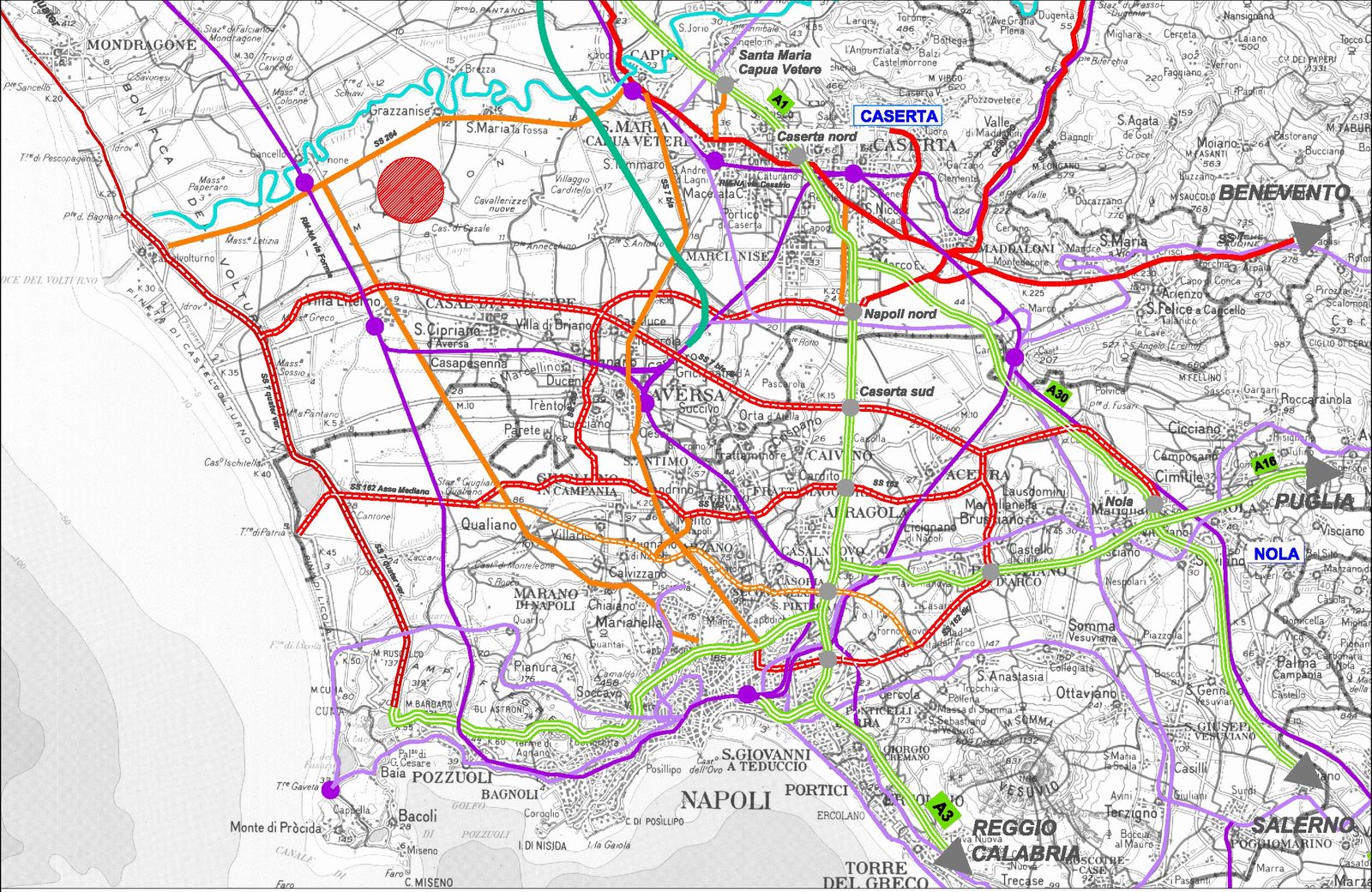 Grazzanise Airport (CE)Settore: Airports
Grazzanise Airport (CE)Settore: Airports